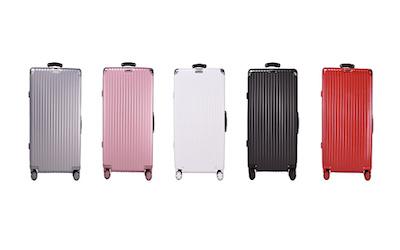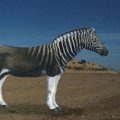墨尔本PTE – PTE考生目前最大的问题之一就是练习题缺乏。除了有限的基本官方书(PLUS,Testbuilder, OG)之外就没有题了。很多英语基础不是很扎实的同学很难找到练习材料。悉尼文波雅思PTE培训学校专门为澳洲,尤其是悉尼、墨尔本的PTE考生准备了适合PTE听力阅读练习的科学60秒。各位PTE同学可以练习PTE听力中的summarise spoken text和PTE口语中的retell lecture,练习记笔记技巧和复述。
听力内容:
60秒科学节目(SSS)是科学美国人网站的一套广播栏目,英文名称:Scientific American – 60 Second Science,节目内容以科学报道为主,节目仅一分钟的时间,主要对当今的科学技术新发展作以简明、通俗的介绍,对于科学的发展如何影响人们的生活环境、健康状况及科学技术,提供了大量简明易懂的阐释。
This is Scientific American — 60-Second Science. I’mChristopher Intagliata.
If you’ve ever pulled a rolling suitcase through theairport, chances are you’ve also been annoyed bythis common occurrence: the suitcase startsrocking back and forth on each wheel and finallytips over.
“It’s a very classic phenomenon in physics.” Sylvain Courrech du Pont, a physicist at theUniversity of Paris Diderot. “So if you perturb the system it goes very easily unstable. This isshared by many, many phenomena in nature.”
Courrech du Pont and his students wanted to get to the bottom of why luggage tips. So theybuilt what looks like the skeleton of a wheeled suitcase, and then filmed it rolling on atreadmill. Then they modeled what they saw mathematically.
And here’s what they found. Under normal rolling conditions, the forward motion of thesuitcase is perpendicular to the wheels’ axis of rotation. All good. But when you hit a bumpor jerk the handle, one wheel lifts up. All of a sudden the pulling motion is no longerperpendicular to the still–rolling wheel’s rotation, and the wheel corrects that by driftingtowards the center. But by that time the other wheel’s coming down, same thing happens, andnow the suitcase is really rocking.
“And the first reaction you will have maybe is to slow down. But actually if you slow downyou’ll experience very big rocking oscillations.” The way back to a smooth ride, he says, is tokeep up your speed, or move even faster, once rocking begins. The study is in the Proceedingsof the Royal Society A.
There are other solutions to suitcase instability—like doing a better packing job. “If you putheavy stuff close to the axis of symmetry, or close to the wheel axis, then it’s stable, too.”
And Courrech du Pont has one more piece of advice to avoid rocking in the first place: “If yougo slow enough it will always be stable.” Keep that in mind, next time you’re running to yourgate.
Thanks for listening for Scientific American — 60-Second Science Science. I’m ChristopherIntagliata.
墨尔本PTE – 墨尔本悉尼霍巴特文波PTE原创首发
更多精彩请持续关注微信wenbo_tv4。





